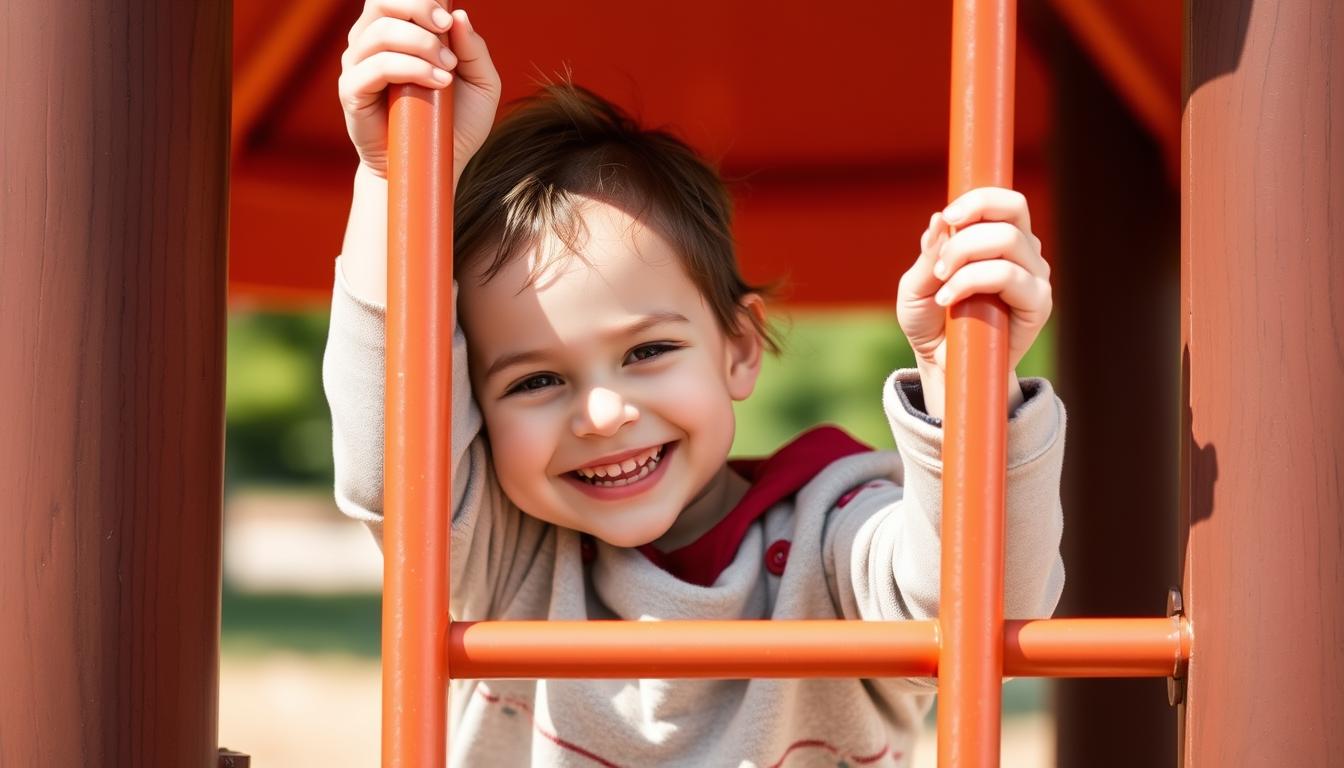Building Confidence in Young Children: A Guide for Parents and Caregivers
As parents and caregivers, we have the power to create environments where confidence can flourish naturally. This guide offers research-backed strategies, practical activities, and supportive language that can help children aged 2-8 develop healthy self-esteem and the courage to navigate their world with confidence.
Why Building Confidence in Young Children Matters
Confidence isn’t just about feeling good—it’s a fundamental building block for lifelong success and wellbeing. When children develop confidence early, they gain important advantages that can benefit them throughout their lives.
Research shows that children with healthy self-esteem tend to have better social relationships, perform better academically, and demonstrate greater resilience when facing challenges. They’re also more likely to develop a growth mindset—the belief that abilities can be developed through dedication and hard work.
The benefits of building confidence in young children include:
- Greater emotional resilience and ability to handle disappointment
- Increased willingness to try new things and take healthy risks
- Improved problem-solving skills and independence
- Better social connections and communication skills
- Reduced anxiety and greater enjoyment of childhood experiences
- Stronger foundation for mental health throughout life
The early years are particularly crucial for confidence development because children are forming their core beliefs about themselves and their abilities. The messages they receive—both verbal and nonverbal—help shape how they view themselves and their place in the world.
What Does Confidence Look Like in Young Children?
Confident children display certain characteristics that distinguish them from those struggling with self-doubt. Recognizing these signs can help you understand where your child is thriving and where they might need additional support.

Signs of a Confident Child
- Willingness to try new activities, even when challenging
- Ability to express thoughts, needs, and feelings appropriately
- Recovering relatively quickly from disappointments
- Taking pride in accomplishments without needing excessive praise
- Making age-appropriate choices and decisions
- Demonstrating healthy independence in daily tasks
- Approaching new social situations with reasonable comfort
Signs a Child May Need Confidence Support
- Frequently saying “I can’t” before attempting tasks
- Giving up quickly when facing challenges
- Seeking constant reassurance or validation
- Avoiding new experiences due to fear of failure
- Becoming easily frustrated or upset by mistakes
- Comparing themselves negatively to siblings or peers
- Reluctance to participate in group activities
Remember that confidence can vary across different areas of a child’s life. A child might feel very confident about their artistic abilities but less so about physical activities or social interactions. This is completely normal, and recognizing these patterns can help you provide targeted support where it’s most needed.
10 Effective Ways to Build Confidence in Young Children
Building confidence is an ongoing process that happens through daily interactions and experiences. Here are ten proven strategies that can help foster healthy self-esteem in your child:

1. Offer Specific Praise
When we praise children, the type of praise matters significantly. Generic praise like “good job” or “you’re so smart” doesn’t provide meaningful feedback. Instead, offer specific observations about their efforts, strategies, or improvements.
“I noticed how you kept trying different pieces until you found the right one for your puzzle. That kind of persistence really helps solve problems!”
Specific praise helps children understand exactly what they did well, making it more likely they’ll repeat positive behaviors. It also focuses on process rather than innate qualities, which promotes a growth mindset.
2. Let Them Make Age-Appropriate Choices
Offering children choices within appropriate boundaries helps them develop decision-making skills and feel a sense of control. For younger children, start with simple options: “Would you like to wear the red shirt or the blue shirt today?” For older children, the choices can become more complex.
When children make decisions and experience the outcomes—both positive and negative—they learn to trust their judgment and develop confidence in their ability to make good choices.
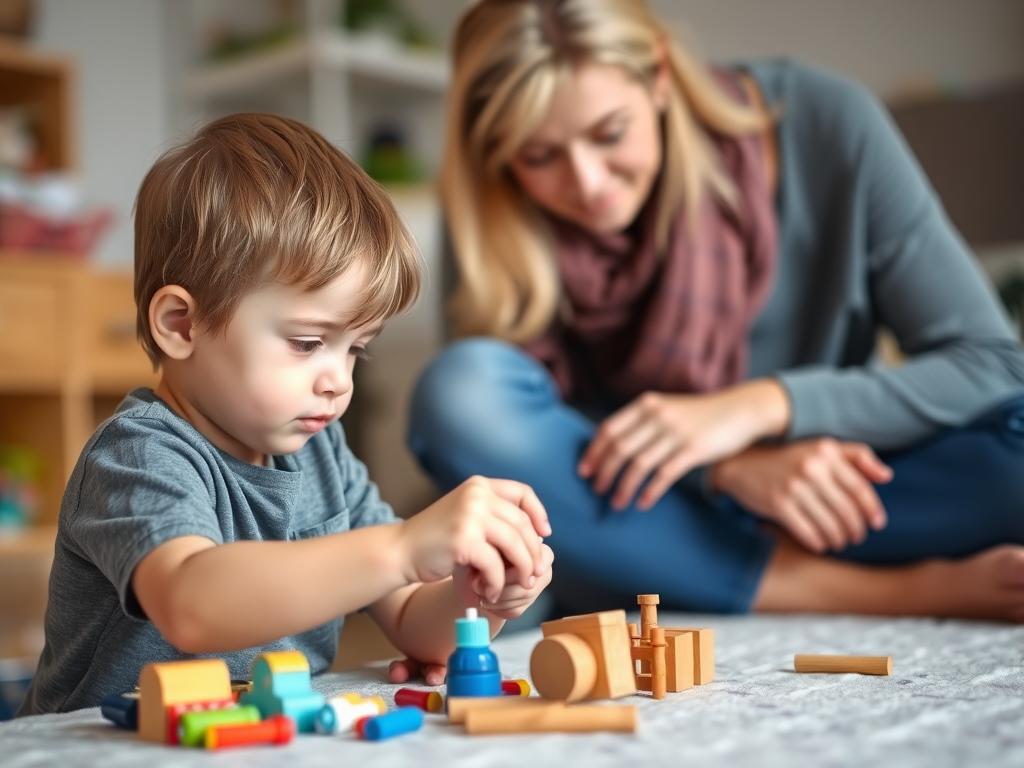
3. Encourage Problem-Solving
When your child encounters a challenge, resist the urge to immediately solve it for them. Instead, ask questions that guide them toward finding their own solutions:
- “What have you tried so far?”
- “What do you think might work?”
- “Is there another way you could try?”
This approach communicates that you believe in their ability to figure things out, which builds confidence in their problem-solving skills. It also teaches resilience and critical thinking.
4. Set Achievable Challenges
Children develop confidence by mastering new skills and overcoming obstacles. Look for opportunities to present challenges that stretch your child’s abilities without overwhelming them—what psychologists call the “zone of proximal development.”
For example, if your child has mastered building 10-piece puzzles, introduce a 15-piece puzzle. The challenge should be difficult enough to require effort but achievable with persistence.
5. Avoid Over-Correction
Constantly pointing out mistakes can undermine a child’s confidence. Instead of focusing on every error, prioritize effort and progress. When correction is necessary, sandwich it between positive observations:
“I love how carefully you’re coloring. Try holding the crayon this way to stay inside the lines. You’re really making this picture beautiful!”
This approach preserves their enthusiasm while still helping them improve. Remember that perfection isn’t the goal—learning and growing are what matter.

6. Foster Independence Through Routines
Establishing routines that include age-appropriate responsibilities helps children develop confidence in their abilities. Even young children can handle tasks like putting away toys, helping set the table, or feeding a pet.
Create visual charts that outline morning or bedtime routines, allowing children to check off completed tasks. This structure provides security while building their sense of capability and independence.
7. Celebrate Effort, Not Just Results
When we focus exclusively on outcomes, children learn that their value lies in achievement rather than character and effort. Make a point to celebrate the process—the hard work, persistence, and courage it takes to try something difficult.
“I’m so impressed by how hard you worked on that project. You didn’t give up even when it got tricky!”
This approach helps children develop intrinsic motivation and resilience, as they learn to value their efforts regardless of the outcome.
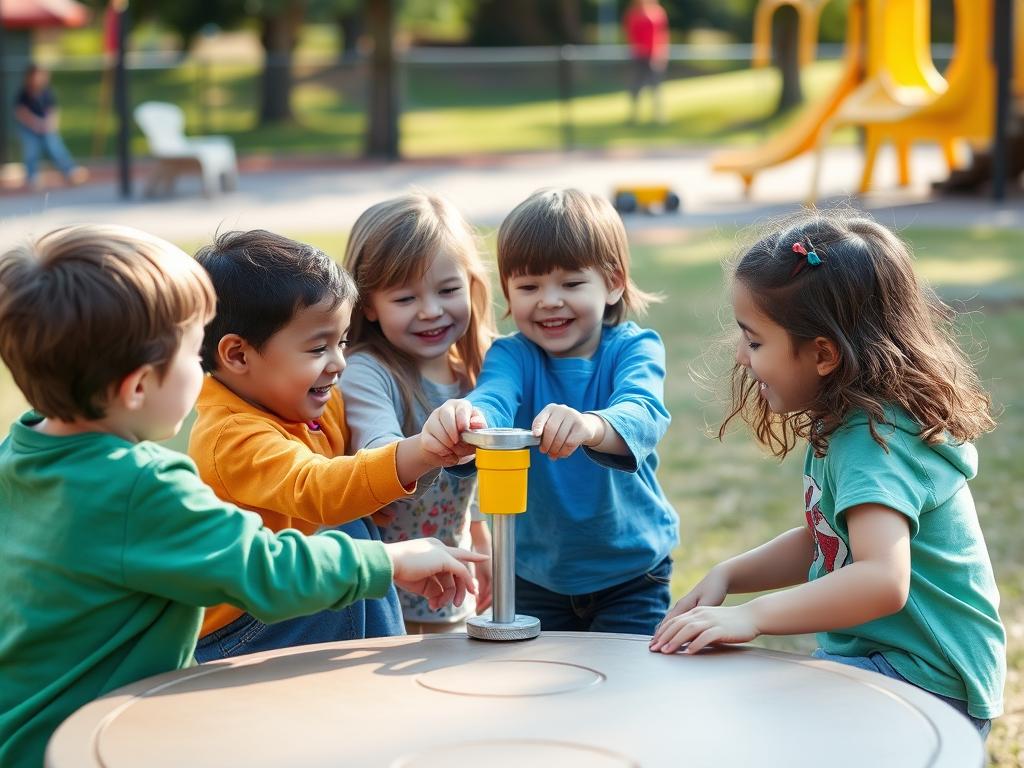
8. Create Safe Opportunities for Social Interaction
Social confidence develops through positive experiences with peers. Arrange playdates, enroll your child in group activities, or visit community spaces where children gather. Start with smaller groups for children who are more reserved.
Before social situations, you can role-play common scenarios or discuss what to expect. Afterward, reflect on positive moments and problem-solve any challenges that arose.
9. Model Confidence
Children learn by watching the adults in their lives. When you approach challenges with confidence, persevere through difficulties, and speak positively about your abilities, you provide a powerful example.
Narrate your own problem-solving process: “This recipe is tricky, but I’m going to read it carefully and take my time. I think I can figure it out.” Also model healthy responses to mistakes: “Oops, I spilled the milk. That’s okay—mistakes happen. I’ll clean it up and try again.”
10. Use “Yet” to Reframe Setbacks
When your child says “I can’t do it,” add the word “yet” to transform a fixed mindset statement into a growth mindset opportunity: “You can’t do it yet, but you’re learning!”
This simple linguistic shift communicates that abilities develop through practice and persistence. It reframes challenges as temporary obstacles rather than permanent limitations.
Confidence-Building Activities and Games for Young Children
Fun, engaging activities can help children develop confidence while they play. Here are some effective games and exercises to try with your child:
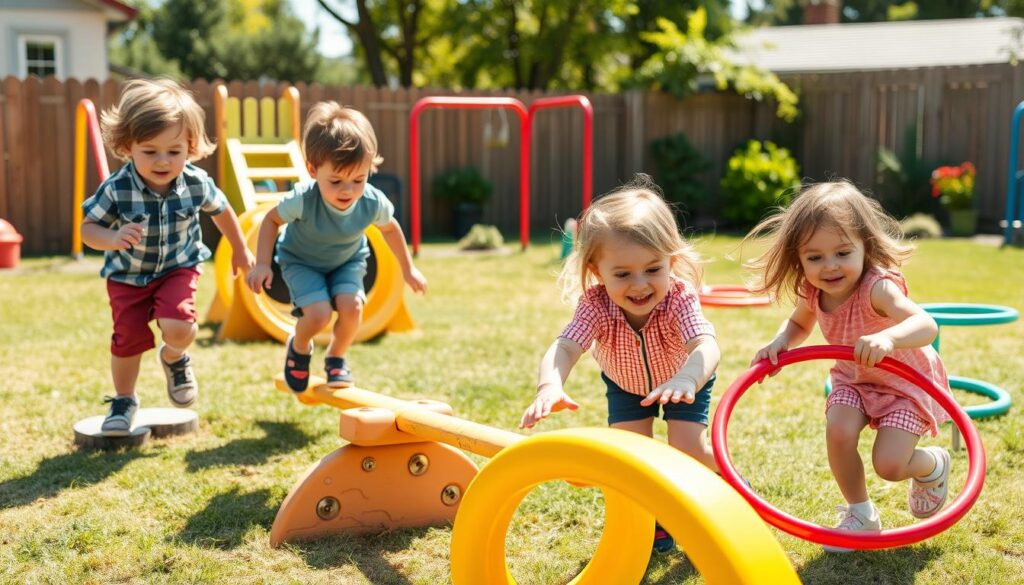
Role-Playing Brave Scenarios
Role-play helps children practice handling situations that might make them nervous, like meeting new people or visiting the doctor. Take turns playing different roles and model confident responses.
How to do it: Set up a pretend doctor’s office, new classroom, or other scenario. Use stuffed animals or dolls as additional characters. Guide your child through expressing feelings and practicing positive self-talk.
Storytelling with Empowering Themes
Create stories together where the main character (based on your child) overcomes obstacles and solves problems. This helps children visualize themselves as capable and resourceful.
How to do it: Start with “Once upon a time, there was a brave kid named [your child’s name]…” Then take turns adding to the story, guiding it toward scenarios where the character uses their strengths to succeed.
Indoor/Outdoor Obstacle Courses
Physical challenges help build bodily confidence and teach children they can overcome obstacles. Create simple courses using household items or playground equipment.
How to do it: Set up stations for jumping, crawling, balancing, and climbing. Adjust the difficulty based on your child’s abilities. Celebrate each completed section and encourage problem-solving when they get stuck.
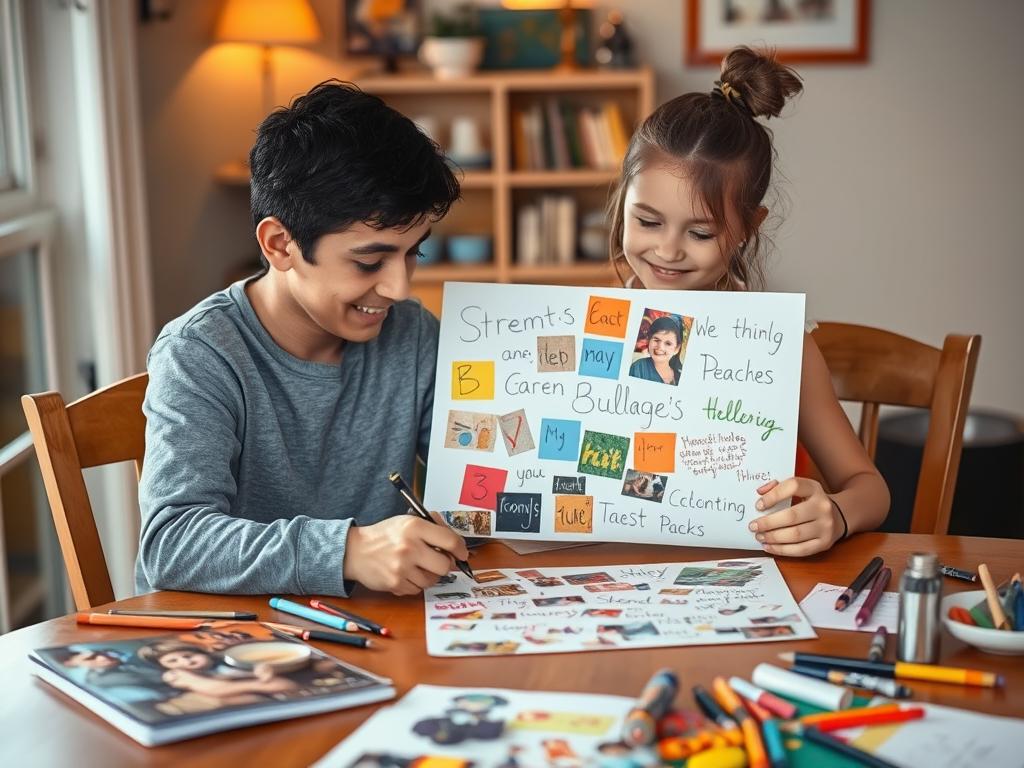
“I Can” Jar
This visual reminder of accomplishments helps children recognize their growing abilities and builds confidence through concrete evidence of success.
How to do it: Decorate a jar together. Each time your child learns something new or overcomes a challenge, write it on a slip of paper and add it to the jar. Review the slips together when they need a confidence boost.
Strengths Collage
Creating a visual representation of their strengths helps children recognize and celebrate their unique abilities and positive qualities.
How to do it: Gather magazines, photos, and art supplies. Help your child identify their strengths, then find or create images that represent these qualities. Display the finished collage where they’ll see it regularly.
Show and Teach
Teaching someone else is a powerful confidence builder. Ask your child to teach you or a younger sibling something they know how to do well.
How to do it: Choose a skill your child has mastered, like building with blocks or drawing a specific picture. Have them explain the steps while demonstrating. Show genuine interest and ask questions to deepen their expertise.
Remember to match activities to your child’s developmental level and interests. Start with easier versions and gradually increase the challenge as their confidence grows. Most importantly, keep the atmosphere playful and supportive—the goal is to have fun while building skills.
The Role of Language and Encouragement in Building Confidence
The words we use with children have remarkable power to shape how they view themselves and their abilities. Positive, encouraging language helps build confidence, while critical or dismissive comments can undermine it.

Phrases That Build Confidence
- “I believe in you. You can do this.”
- “You’re working so hard—I’m impressed!”
- “That was tricky, but you didn’t give up.”
- “I love how you figured that out yourself.”
- “You’re getting better at this every time you try.”
- “It’s okay to make mistakes—that’s how we learn.”
- “I noticed you helped your friend—that was kind.”
- “You haven’t mastered this yet, but you’re making progress.”
- “What part are you most proud of?”
- “That didn’t work out as planned. What could we try next?”
- “I appreciate how carefully you did that.”
- “Your ideas are interesting. Tell me more.”
- “You did that all by yourself? Wow!”
- “I love watching you learn and grow.”
Phrases to Avoid
- “Why can’t you be more like your sister/brother?”
- “That’s too hard for you.”
- “Let me do it—you’re taking too long.”
- “Be careful!” (when said repeatedly without reason)
- “You always make this mistake.”
- “You’re so smart!” (focuses on fixed traits)
- “Don’t be shy/scared/upset.” (dismisses feelings)
- “You should know better.”
- “Why didn’t you do better on this?”
- “That’s not very good.”
- “Hurry up!” (creates pressure and anxiety)
- “You’re so clumsy/messy/forgetful.”
- “I told you so.” (after a mistake)
- “You’re fine.” (when they’re expressing distress)
Tips for Effective Encouragement
- Be genuine – Children can detect insincerity. Only offer praise that’s truthful and specific.
- Focus on process – Highlight effort, strategies, and improvement rather than end results.
- Use descriptive language – Describe what you see rather than evaluating: “You used lots of bright colors in your painting” instead of “That’s a beautiful painting.”
- Encourage self-assessment – Ask “How do you feel about what you made?” rather than immediately offering your judgment.
- Validate feelings – Acknowledge emotions before moving to problem-solving: “You feel frustrated because the blocks keep falling. That is hard.”
Remember that nonverbal communication matters too. Your facial expressions, tone of voice, and body language all convey messages about your confidence in your child. Make eye contact, listen attentively, and show genuine interest in their activities to communicate that you value them and their efforts.
What to Avoid: Behaviors That Undermine Confidence
While we focus on positive strategies for building confidence in young children, it’s equally important to recognize behaviors that can unintentionally damage a child’s developing self-esteem.
Overprotection
When we constantly shield children from challenges or rush to solve their problems, we unintentionally communicate that we don’t believe they can handle difficulties themselves.
Instead: Allow age-appropriate risks and struggles. Stay nearby for support, but give them space to work through challenges. Celebrate their problem-solving attempts, even when imperfect.
Comparison to Others
Comparing a child to siblings, peers, or even their past selves can create unhealthy competition and suggest that their worth depends on outperforming others.
Instead: Focus on their individual growth and progress. Highlight improvements compared to their previous abilities, not in relation to others. Celebrate their unique strengths and interests.
Harsh Criticism
Critical comments, especially about aspects of themselves they cannot easily change, can deeply damage a child’s self-image and willingness to try new things.
Instead: When correction is necessary, focus on the behavior rather than the child’s character. Offer constructive guidance and express confidence in their ability to improve.

Dismissing Emotions
When we tell children not to feel sad, angry, or afraid, we invalidate their emotional experiences and teach them to doubt their own perceptions.
Instead: Acknowledge feelings as real and important: “I see you’re feeling frustrated right now.” Help them name emotions and develop healthy ways to express and manage them.
Inconsistent Expectations
When expectations constantly shift or differ between caregivers, children feel confused and insecure about their ability to meet standards.
Instead: Establish clear, age-appropriate expectations and communicate them consistently. When expectations need to change, explain why in terms children can understand.
Taking Over
Completing tasks for children that they could do themselves—even if imperfectly or slowly—robs them of opportunities to build skills and confidence.
Instead: Allow extra time for children to complete tasks independently. Break complex tasks into manageable steps and offer guidance only when truly needed.
Remember that we all make mistakes as parents and caregivers. If you recognize that you’ve engaged in some of these confidence-undermining behaviors, don’t be too hard on yourself. Acknowledge it, make adjustments, and move forward with more supportive approaches. Children are remarkably resilient, and it’s never too late to shift toward more confidence-building interactions.
Books and Tools That Support Confidence in Kids
Books and resources can be powerful allies in helping children develop confidence. Here are some excellent options that address self-esteem, courage, and resilience in age-appropriate ways:
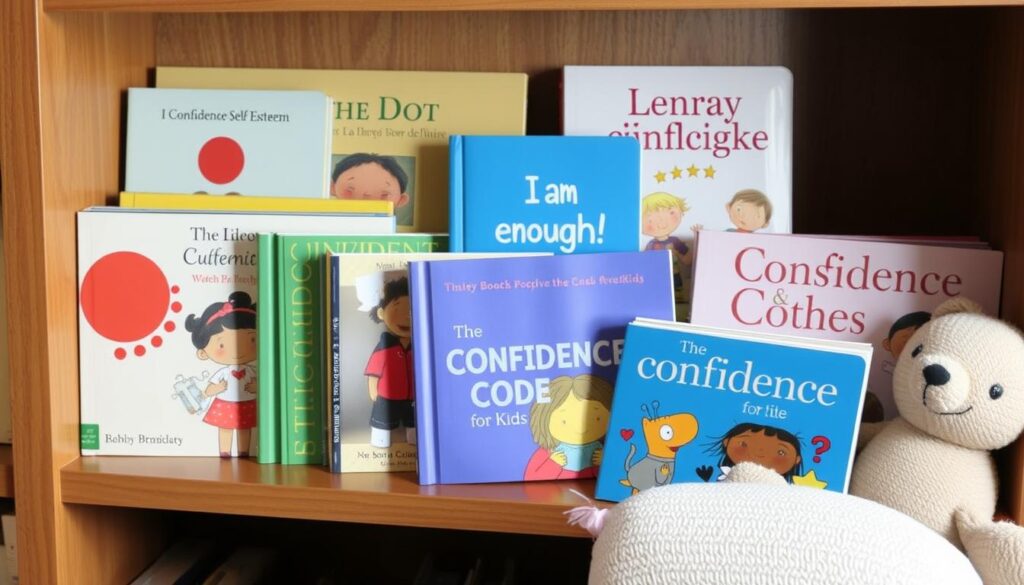
Recommended Children’s Books
“The Dot” by Peter H. Reynolds
Age range: 4-8 years
This beautiful story follows Vashti, who believes she can’t draw until a teacher encourages her to “make her mark.” Through this simple act, Vashti discovers her creative confidence and learns to believe in herself.
Key themes: Creativity, trying new things, believing in yourself
“I Am Enough” by Grace Byers
Age range: 4-8 years
This lyrical picture book reinforces the message that all children are worthy of love and respect just as they are. With beautiful illustrations representing diverse children, it celebrates self-acceptance and kindness.
Key themes: Self-acceptance, diversity, empathy
“Giraffes Can’t Dance” by Giles Andreae
Age range: 3-6 years
Gerald the giraffe wants to dance but is mocked by other animals because of his clumsiness. With encouragement from an unexpected friend, he finds his own music and discovers he can dance in his own unique way.
Key themes: Finding your strengths, perseverance, celebrating differences
Helpful Tools and Resources
Growth Mindset Charts
These visual tools help children reframe challenging situations and develop resilience. They typically show alternative ways to think about difficulties, transforming “I can’t do this” into “I can’t do this yet, but I’m learning.”
How to use: Display the chart where your child can see it regularly. Reference it when they face challenges, helping them choose growth-oriented thoughts.
Confidence Journals
Age-appropriate journals with prompts help children reflect on their strengths, accomplishments, and feelings. Regular journaling builds self-awareness and positive self-perception.
How to use: For younger children, sit together and help them draw or dictate responses. Older children can write independently, with occasional check-ins to discuss their reflections.
Emotion Cards or Posters
These visual aids help children identify and express their feelings, which is fundamental to developing emotional intelligence and confidence.
How to use: Review the emotions regularly. Ask your child to identify how they’re feeling using the cards. Validate their emotions and discuss healthy ways to express them.
These resources work best when integrated into regular conversations and activities. Use them as starting points for discussions about feelings, challenges, and personal growth. Remember that your engaged presence and supportive relationship are the most powerful tools for building your child’s confidence.
Building Confidence: A Lifelong Journey

Building confidence in young children isn’t accomplished through a single conversation or activity—it’s nurtured through consistent support, encouragement, and opportunities for growth over time. As parents and caregivers, we have the privilege of guiding children as they develop their sense of self and their place in the world.
Remember that confidence has natural ebbs and flows. Children may feel more confident in some situations than others, and they may experience temporary setbacks when facing new challenges or transitions. This is all part of the normal developmental process.
The most important thing you can offer is a secure relationship where your child feels unconditionally loved, valued for who they are, and supported as they grow. From this foundation of security, they can venture out to explore, learn, and develop the confidence that will serve them throughout their lives.
Which confidence-boosting strategy will you try first with your child? Remember that small, consistent actions often have the greatest impact. Start with one approach that feels manageable, observe how your child responds, and build from there.
By intentionally fostering confidence in your young child today, you’re helping them develop skills and mindsets that will benefit them far into the future—truly one of the greatest gifts you can give.
Free Confidence-Building Activity Pack
Download our printable activity pack with 15 confidence-building games, affirmation cards, and a growth mindset chart to help your child develop strong self-esteem.
Recommended Books for Building Confidence
These children’s books feature characters who overcome challenges, embrace their uniqueness, and develop confidence.
Free Printable: Confidence-Boosting Phrases
Download our printable guide with 30 confidence-boosting phrases to use in different situations. Post it on your refrigerator as a helpful reminder.

Sharon Molly is a content creator in lifestyle, fashion, and travel, delivering style-savvy advice and destination insights to inspire confident living. With a background in digital media, she combines aesthetics with practical guidance for modern women on the go.

